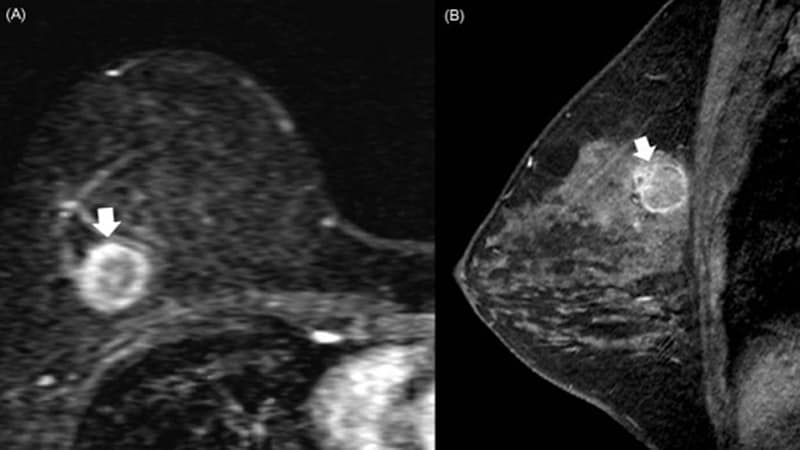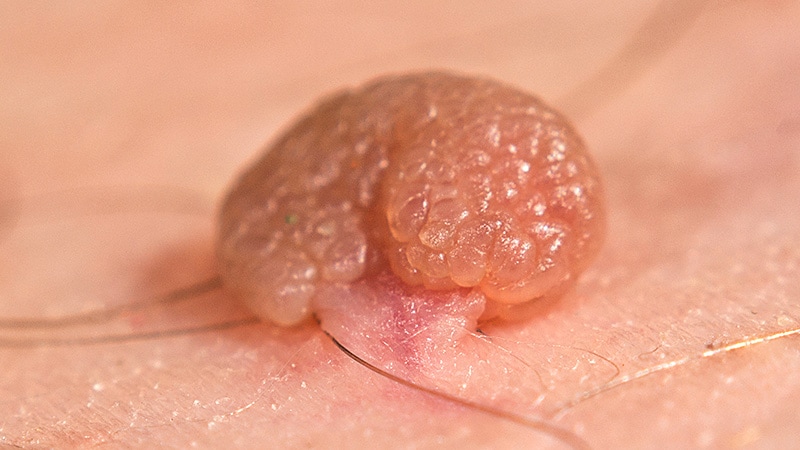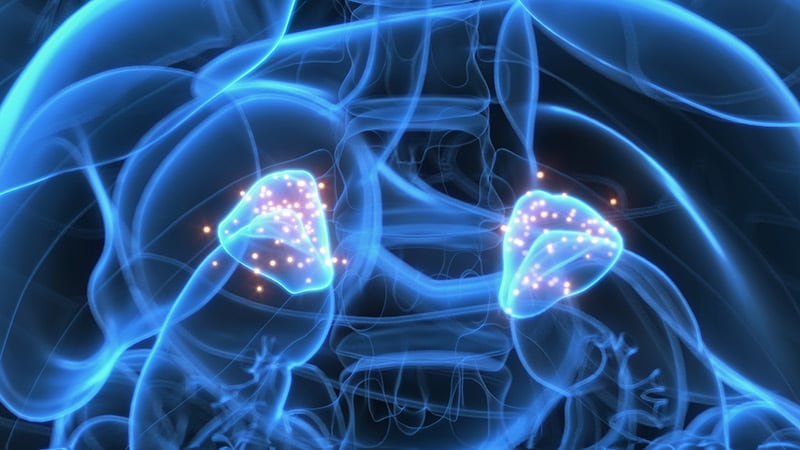BOSTON — Patients with acute colonic diverticulitis are more likely to be seen by primary care providers than by emergency physicians, representing a shift in the way clinicians detect and treat the condition.
Acute colonic diverticulitis affects roughly 180 per 100,000 people per year in the United States.
CT of the abdomen and pelvis may not be a first-line method to detect diverticulitis in the primary care setting as it has been in emergent care, according to Kaveh Sharzehi, MD, MS, associate professor of medicine in the Division of Gastroenterology and Hepatology at Oregon Health & Science University in Portland.
Indeed, clinical guidelines by multiple physician groups recommend that providers use a more individualized approach to detecting and treating the condition.
"There is still great value in proper and thorough physical history and some adjunct testing," Sharzehi told attendees during a presentation on April 20 at the American College of Physicians Internal Medicine Meeting 2024. These two methods can detect the disease up to 65% of the time, Sharzehi added.
An initial evaluation of a patient with suspected acute diverticulitis should first assess the patient's history of abdominal pain, fever, and leukocytosis, Sharzehi said.
A C-reactive protein level > 50 mg/L "almost doubles the odds of having diverticulitis," Sharzehi said. Studies also suggest increased levels of procalcitonin and fecal calprotectin can indicate the presence of the condition.
The American Gastroenterological Association (AGA) and the American College of Physicians recommend abdominal CT if clinicians are uncertain of the diagnosis, and to evaluate potential complications in severe cases. Ultrasound and MRI can be useful alternatives, according to guidelines from the American Society of Colon and Rectal Surgeons.
The chances of developing diverticulitis increase with age. More than 60% of Americans aged 60 years or older have diverticulosis, a condition characterized by small pouches in the colon lining that can weaken the colon wall. Less than 5% of people with diverticulosis go on to develop diverticulitis.
"Aspirin and opioid use are also risk factors, likely from their effect on the colonic transit time and causing constipation that might contribute to diverticulitis, but that's not very well understood," Sharzehi said.
Medical management has shifted from predominantly inpatient to predominantly outpatient care, Sharzehi told attendees
"Unfortunately, there are not that many supportive guidelines for what diet a patient should have in the acute setting of diverticulitis," he said.
Patients with a mild case may benefit from a clear liquid diet; for some patients, high-fiber diets, regular physical activity, and statins may protect against recurrence.
Current guidelines recommend against prescribing antibiotics for most cases because evidence suggests that diverticulitis is primarily an inflammatory process that can result in small tears in the diverticulum, rather than the disease being a complication of existing tears.
Patients should also not be treated with probiotics or 5-aminosalicylic acid agents, Sharzehi said.
"My practice is in the Pacific Northwest, where there's a lot of belief in naturopathic remedies, so we get a lot of questions about supplements and probiotics in preventing diverticulitis," he said. "We don't think it does help, and this is unanimous among all the main [physician] societies."
The AGA recommends referring patients for a colonoscopy within a year after diverticulitis symptoms have resided.
Severe or unresolved cases could require inpatient procedures such as percutaneous drainage or surgery. An estimated 15%-30% of patients admitted to hospital with acute diverticulitis require surgery, Sharzehi said.
Surgery may become an option for patients who have recurrent cases of the disease, even if not severe, Sharzehi said.
Sharzehi reported no relevant disclosures.
Lara Salahi is a journalist in Boston.

.webp) 3 weeks ago
15
3 weeks ago
15



























 English (US)
English (US)